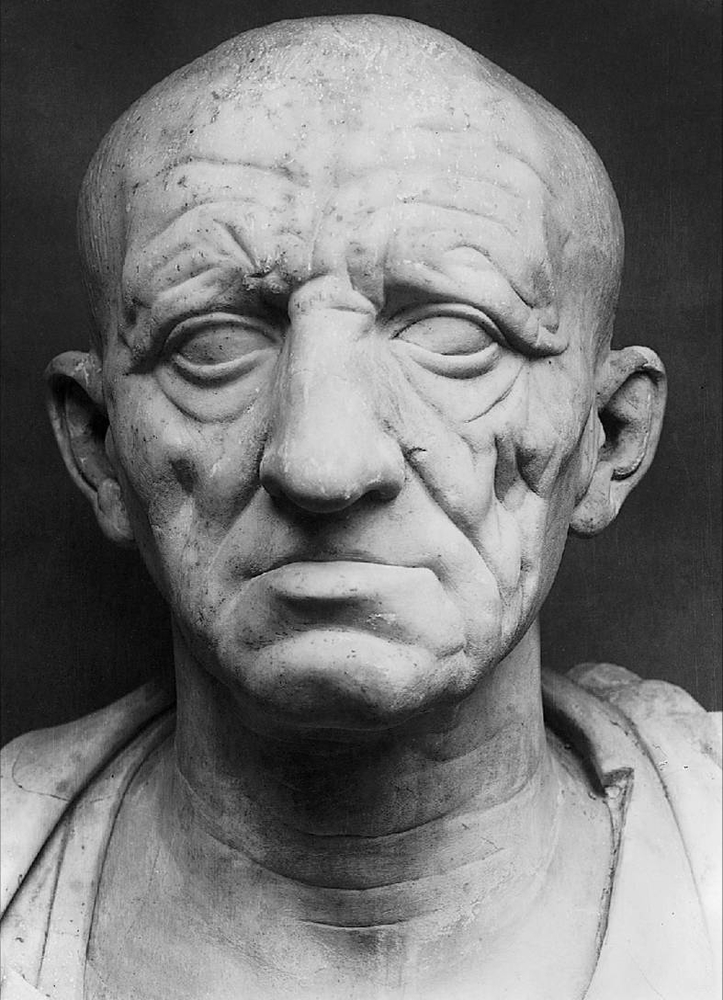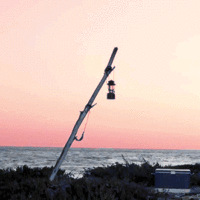More about The State Hermitage Museum
Works at The State Hermitage Museum

Contributor
Catherine the Great founded the Hermitage, and in fact, the Hermitage is one of the reasons why Catherine was Great.
The other reasons were that she massively expanded the Russian empire by conquest and deal making, wrote nine opera texts, and had an impressive number of lovers, to whom she was always very generous after ditching them.
There is an urban myth that Catherine died when a horse she was having an affair with fell on her, but historians believe that she actually died from a stroke.
Catherine was German (Prussian) and a big fan of western culture. The Hermitage is one of the largest and most respected museums in the world, and was basically a "how do you like me now" statement by Cathy to the western powers, which had previously considered Russia a primitive backwater.
The ridiculously awesome movie "Russian Ark" takes place entirely inside the Hermitage. The whole movie was shot in a single 87 minute take, and, according to Rotten Tomatoes (which gives it a score of 86) falls into the categories of "Drama, Horror, Art House & International, Science Fiction & Fantasy, and Special Interest". The vibe is a bit like Anna Karenina meets the History Channel meets Lord of the Rings.
Featured Content
Here is what Wikipedia says about Hermitage Museum
The State Hermitage Museum (Russian: Государственный Эрмитаж, romanized: Gosudarstvennyj Ermitaž,
IPA: [ɡəsʊˈdarstvʲɪn(ː)ɨj ɪrmʲɪˈtaʂ]) is a museum of art and culture in Saint Petersburg, Russia. It was founded in 1764 when Empress Catherine the Great acquired a collection of paintings from the Berlin merchant Johann Ernst Gotzkowsky. The museum celebrates the anniversary of its founding each year on 7 December, Saint Catherine's Day. It has been open to the public since 1852. The Art Newspaper ranked the museum 10th in their list of the most visited art museums, with 2,812,913 visitors in 2022.
Its collections, of which only a small part is on permanent display, comprise over three million items (the numismatic collection accounts for about one-third of them). The collections occupy a large complex of six historic buildings along Palace Embankment, including the Winter Palace, a former residence of Russian emperors. Apart from them, the Menshikov Palace, Museum of Porcelain, Storage Facility at Staraya Derevnya, and the eastern wing of the General Staff Building are also part of the museum. The museum has several exhibition centers abroad. The Hermitage is a federal state property. Since July 1992, the director of the museum has been Mikhail Piotrovsky.
Of the six buildings in the main museum complex, five—namely the Winter Palace, Small Hermitage, Old Hermitage, New Hermitage, and Hermitage Theatre—are all open to the public. The entrance ticket for foreign tourists costs more than the fee paid by citizens of Russia and Belarus. However, entrance is free of charge the third Thursday of every month for all visitors, and free daily for students and children. The museum is closed on Mondays. The entrance for individual visitors is located in the Winter Palace, accessible from the Courtyard.
Check out the full Wikipedia article about Hermitage Museum



















